Top NewsSportMy PlanetPortrait. A Hero of Our Time
Single

Stand Off
1st place

Tehran attack
2nd place. Special prize "For humanitarian photography" by International Committee of the Red Cross (ICRC)

I could hear leopard crying in pain after it was shot
3rd place

Police pigtail
Jury Honorable Mention
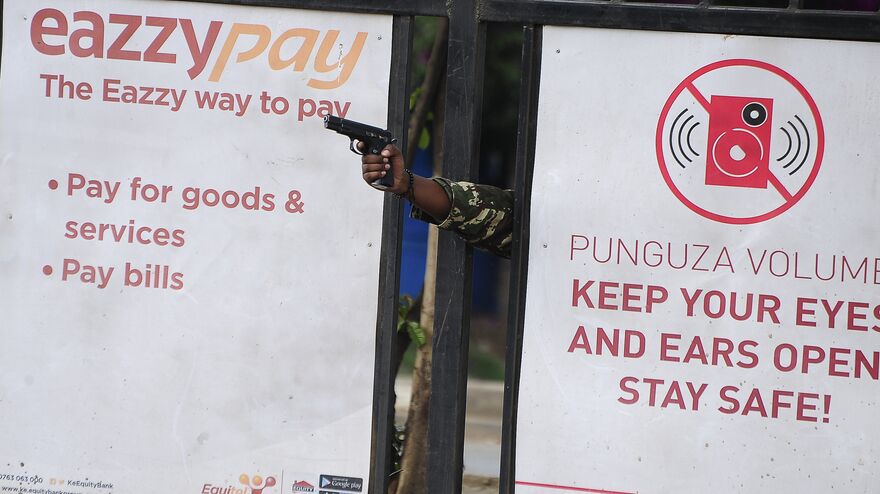
Defiant in democracy
Jury Honorable Mention
Series
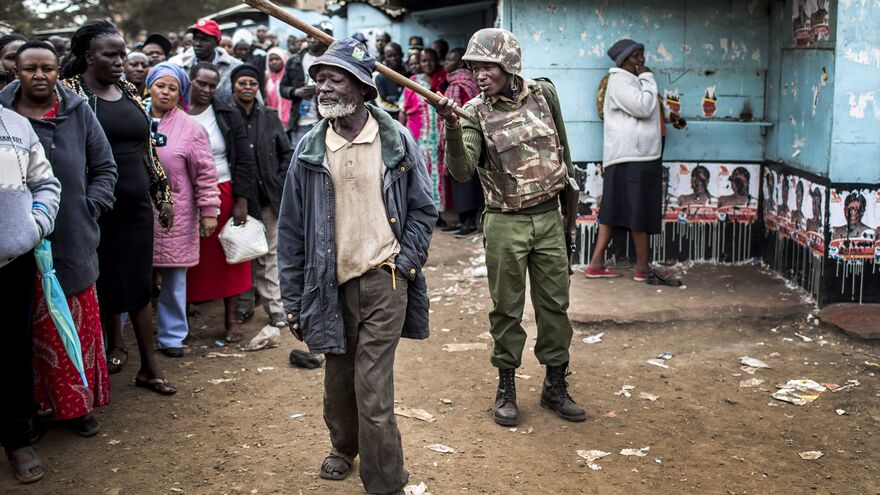
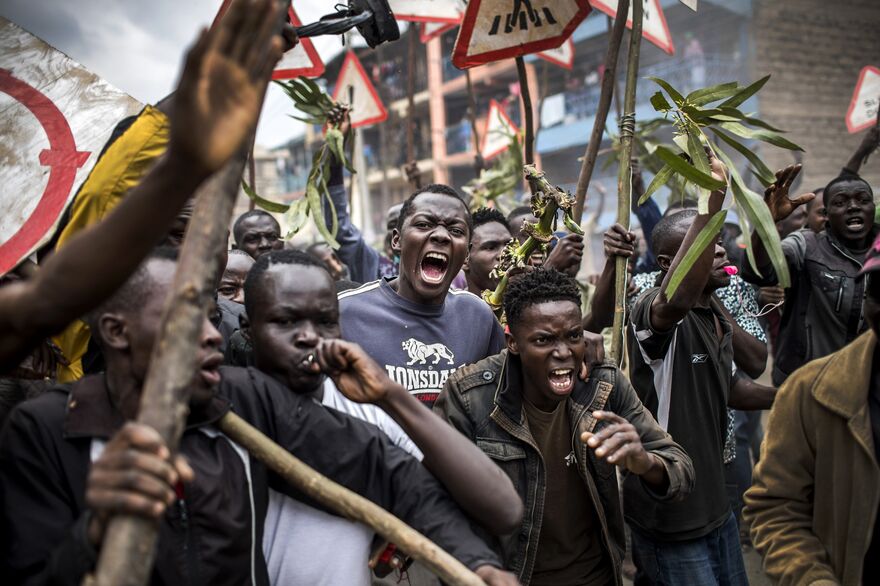









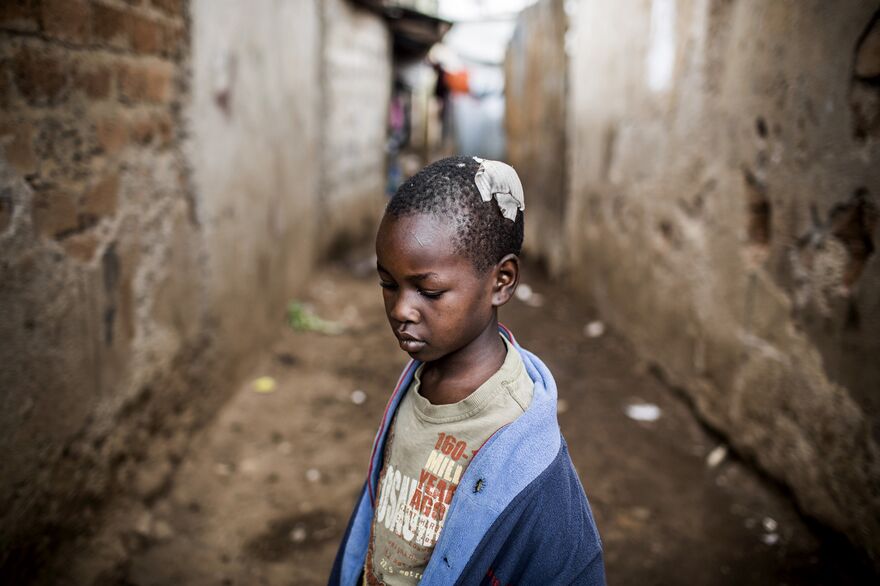
Kenya's Post-Election Turmoil
1st place



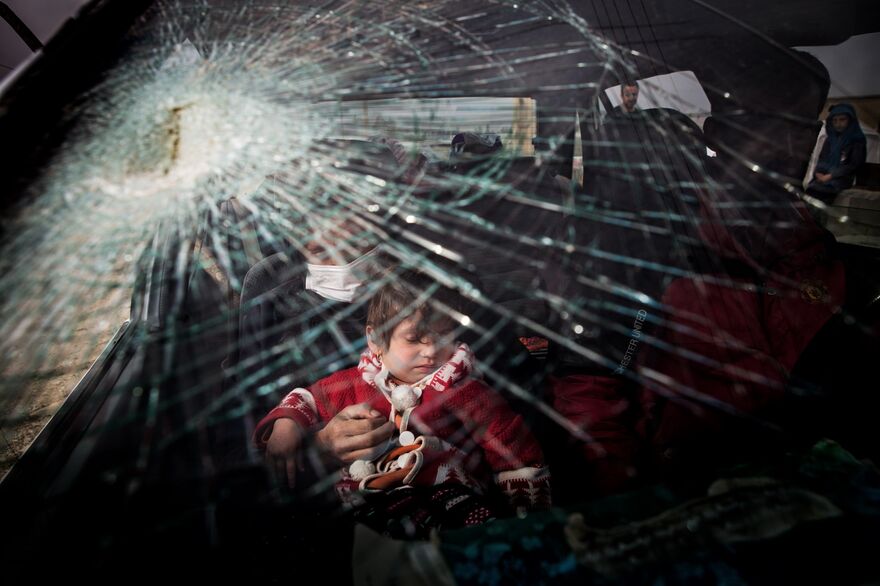






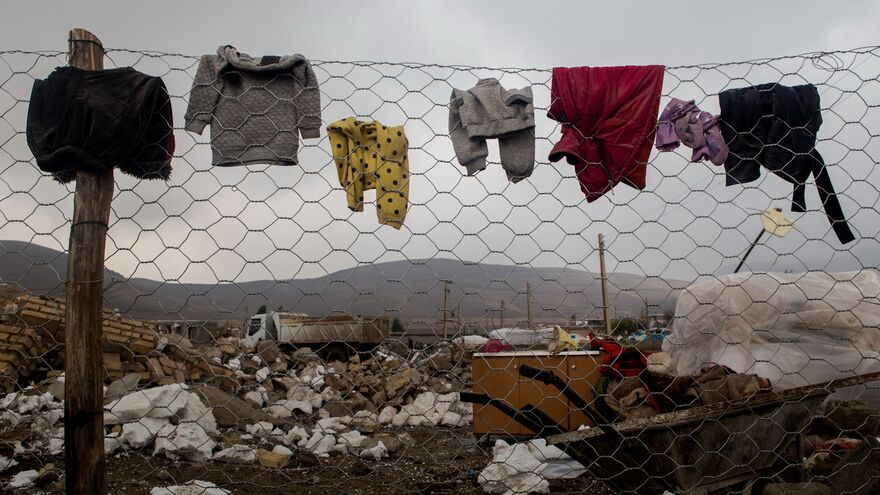

...And Life Rises
2nd place. Special prize "For humanitarian photography" by International Committee of the Red Cross (ICRC)

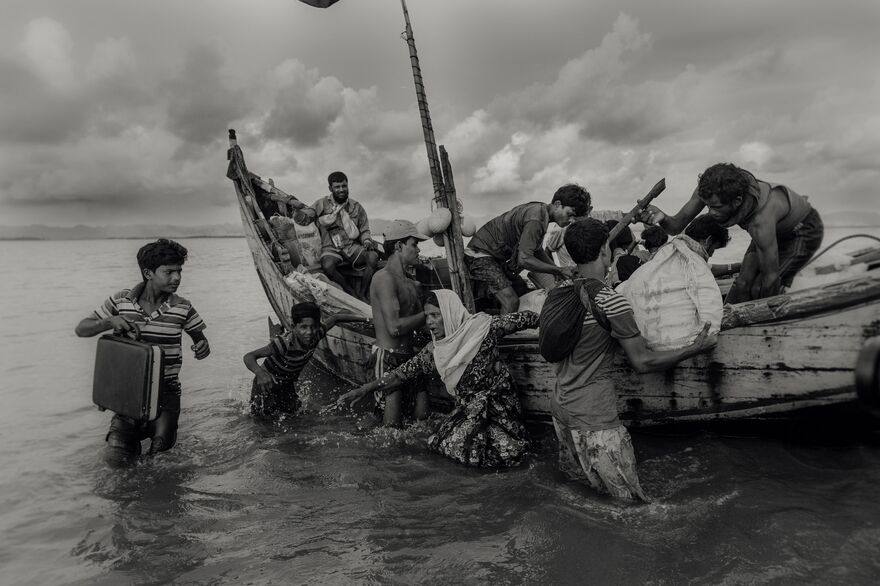



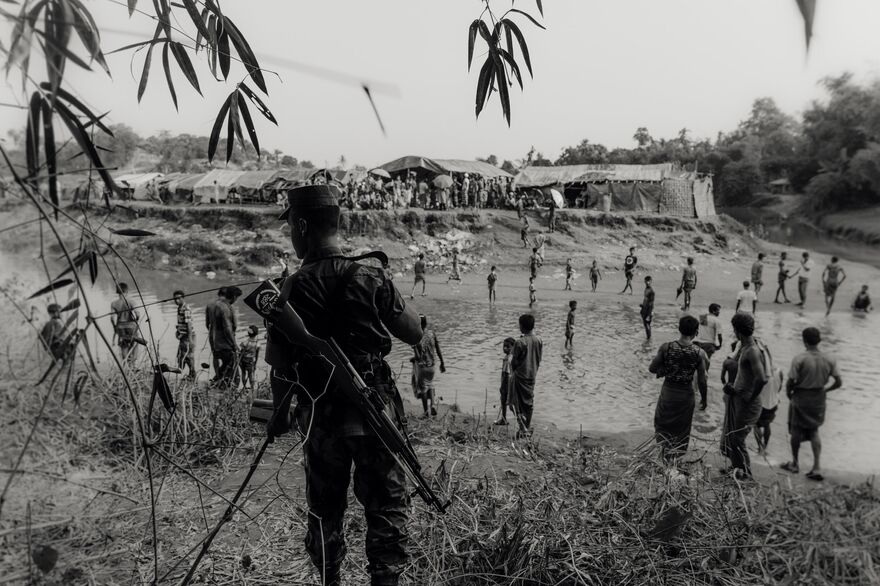
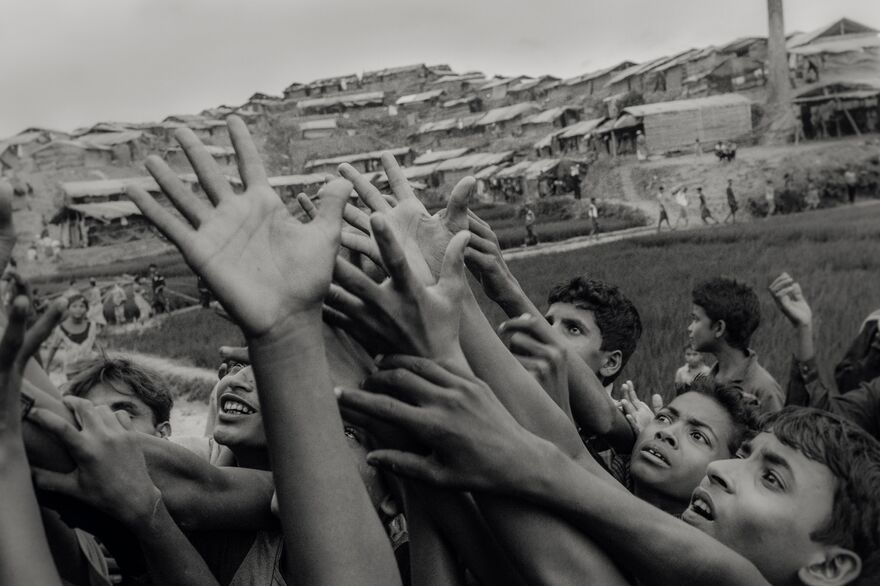
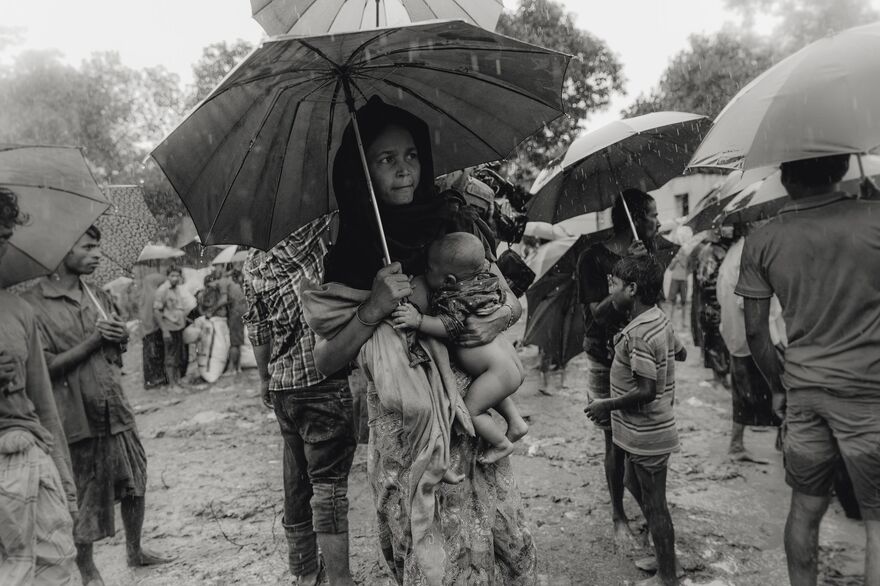



A Dire Desperation For Safety
3rd place









Tehran attack
Jury Honorable Mention

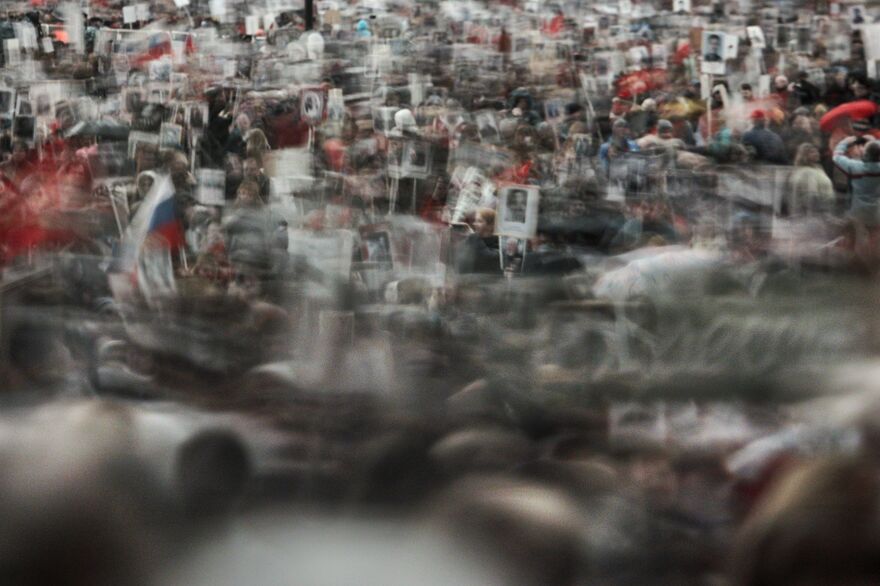






Immortal Regiment
Jury Honorable Mention
Single

The desire for life
1st place. Special prize by Shanghai United Media Group (SUMG). Special prize by Al Mayadeen TV

Street football
2nd place
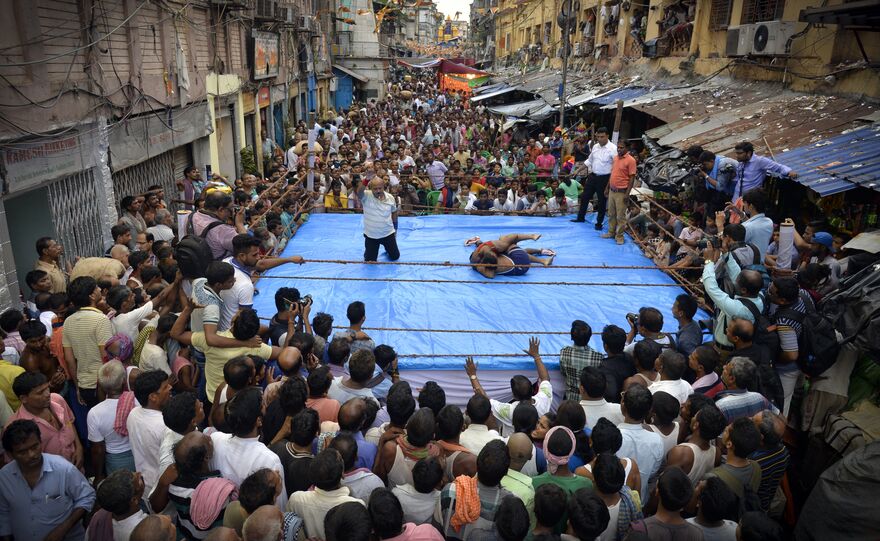
Street Wrestling
3rd place
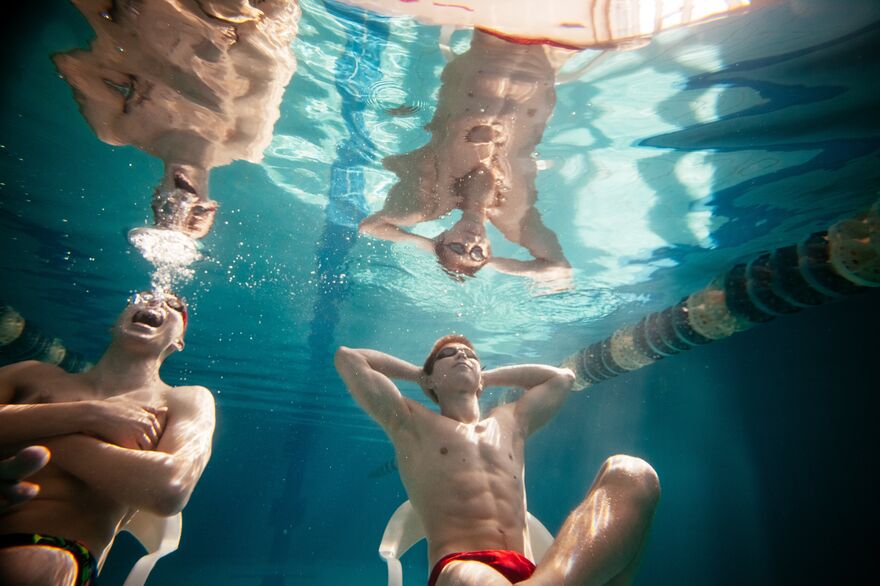
No doping
Jury Honorable Mention
Series


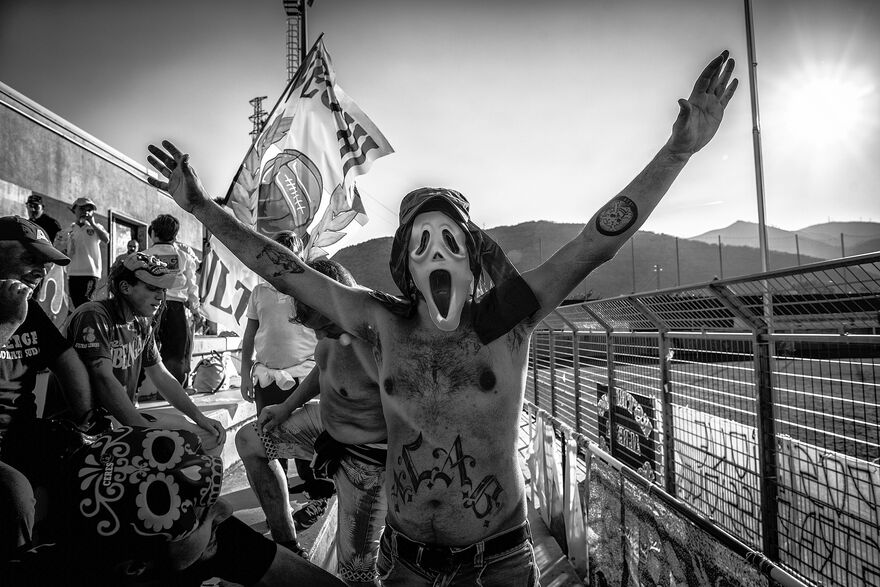








Ultras
1st place

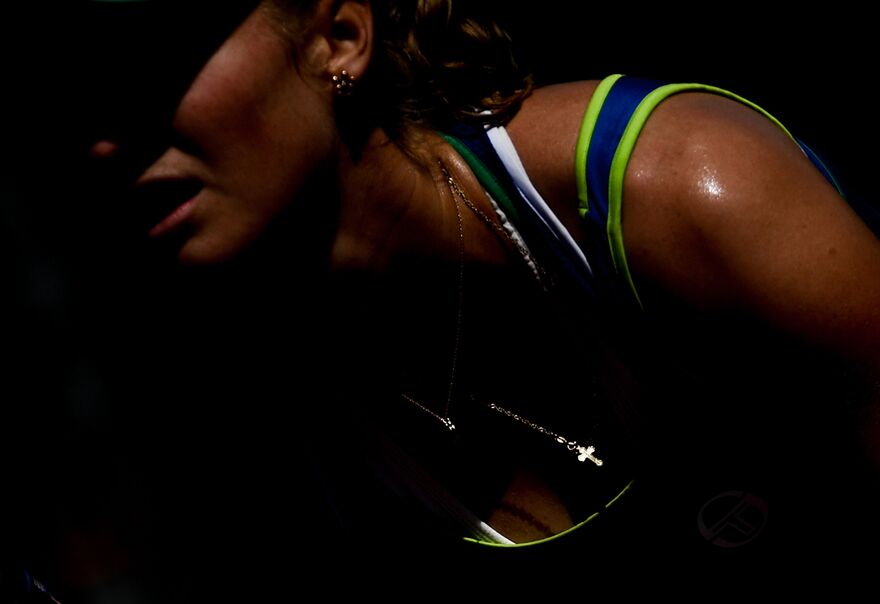




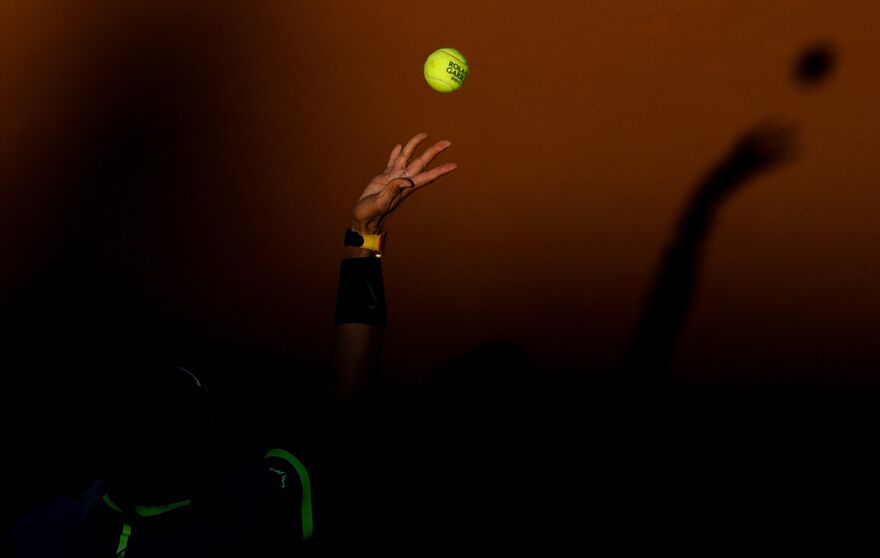


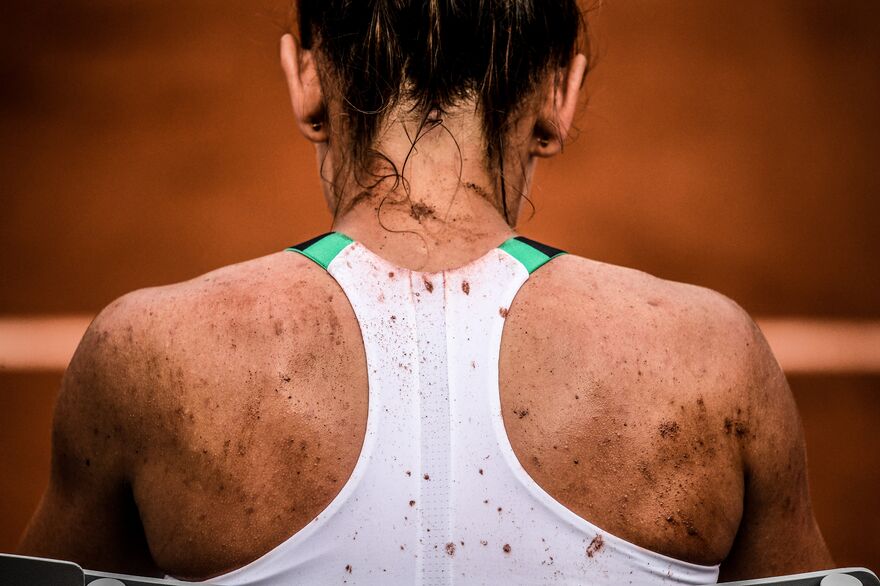
Red-hot court
2nd place




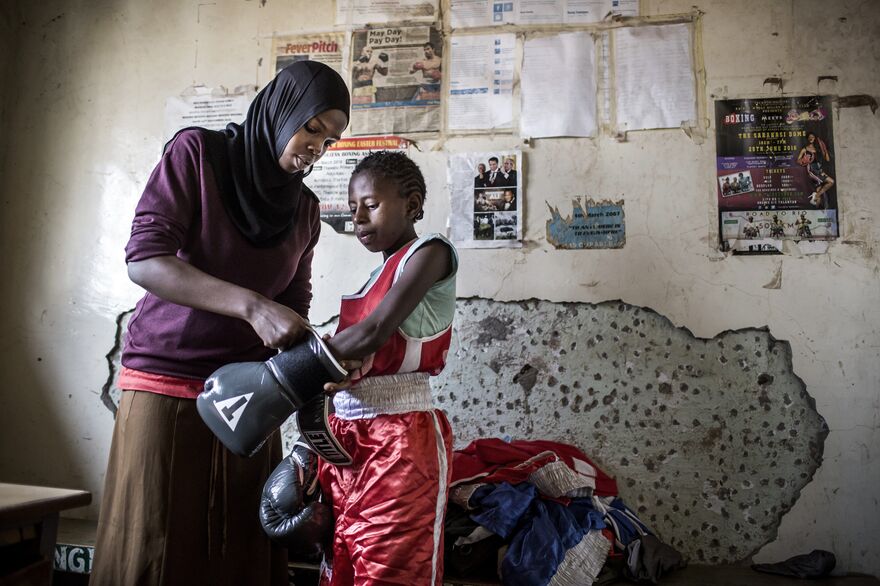
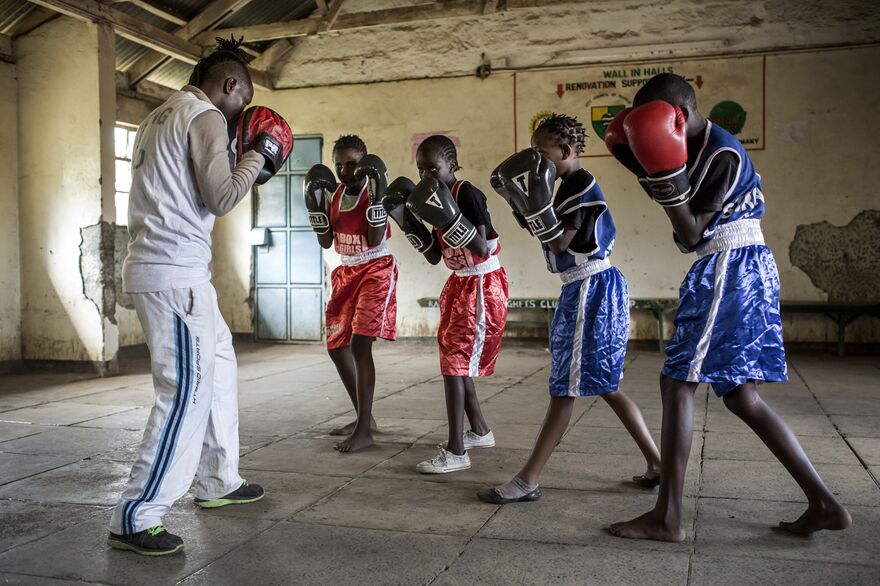
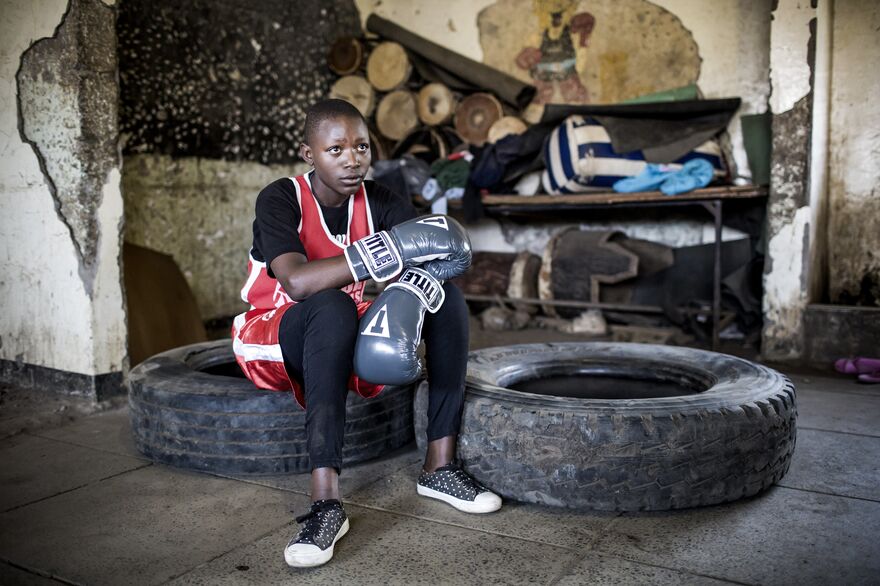


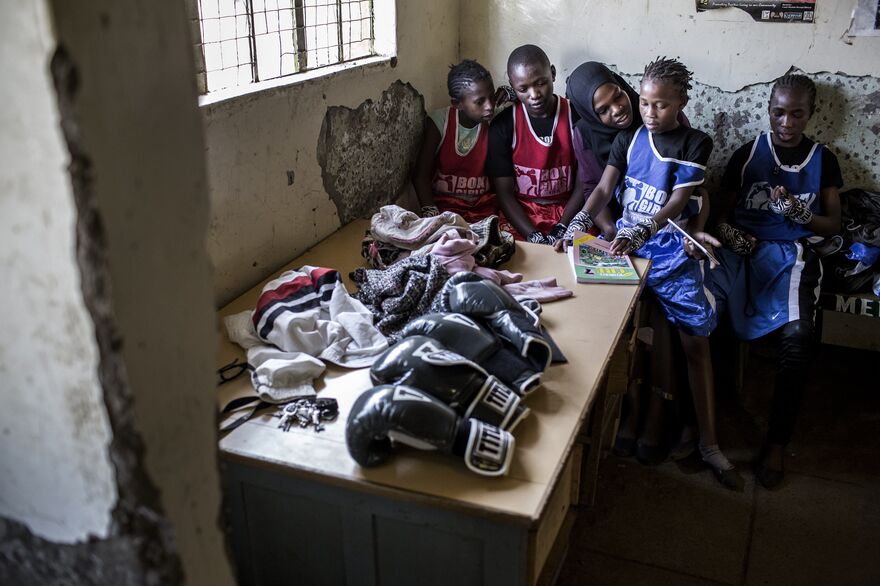

Boxgirls Kenya
3rd place
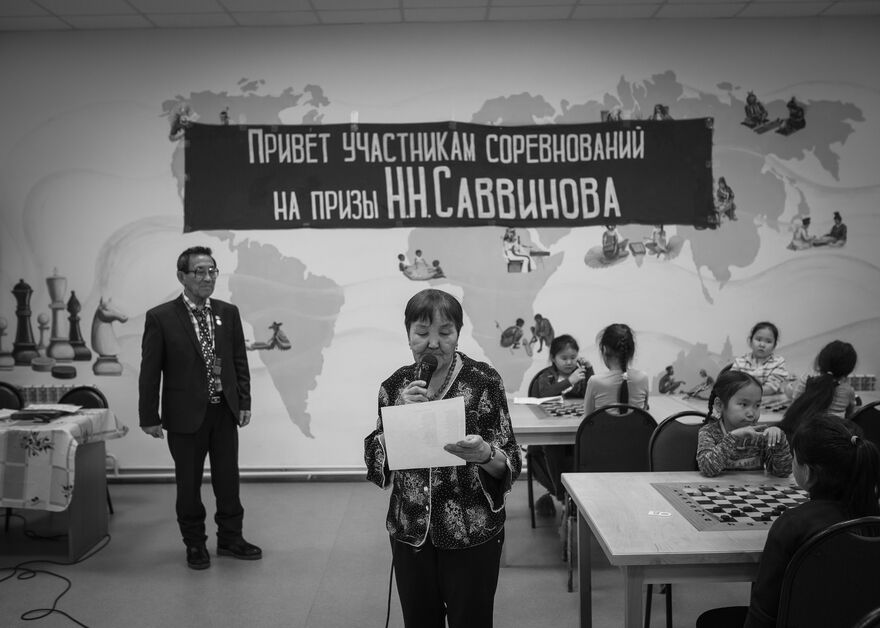

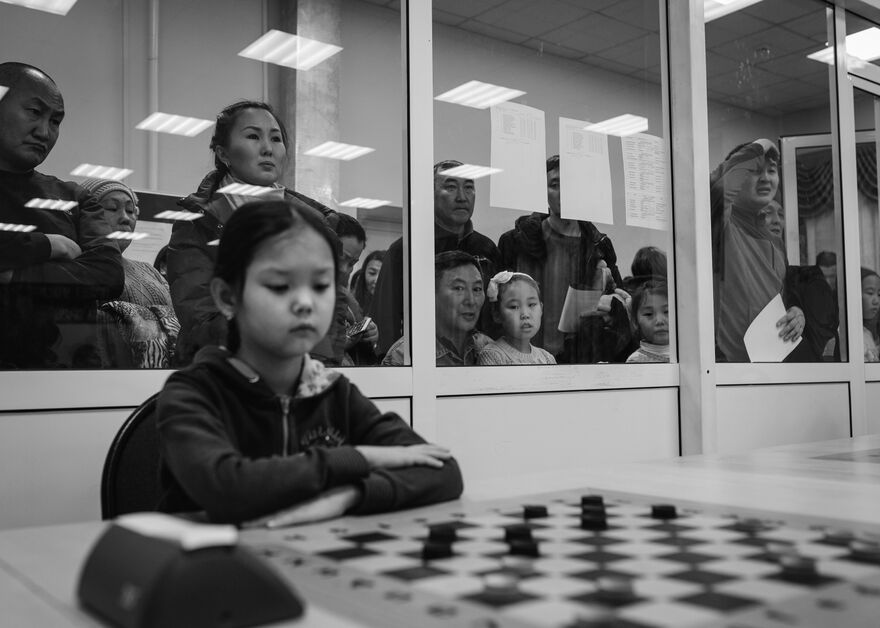


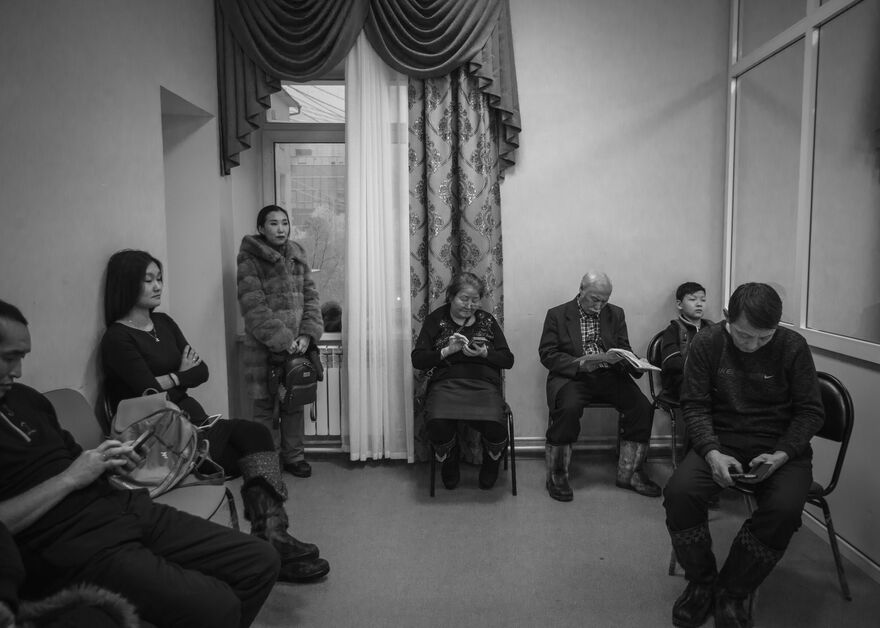

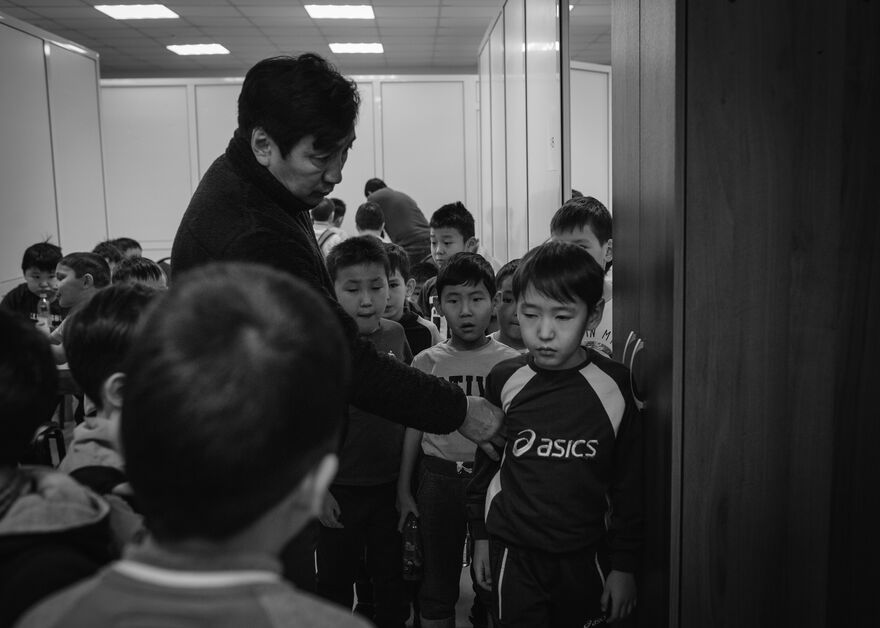


Republican checkers tournament
Jury Honorable Mention
Single
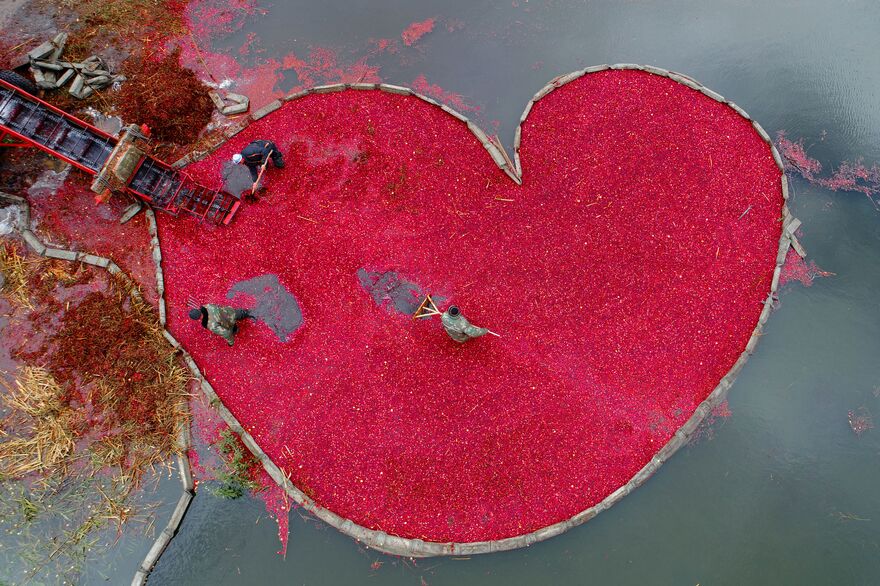
Cranberry heart
1st place

Red cow
2nd place

Eclipse
3rd place

Catchers
Jury Honorable Mention
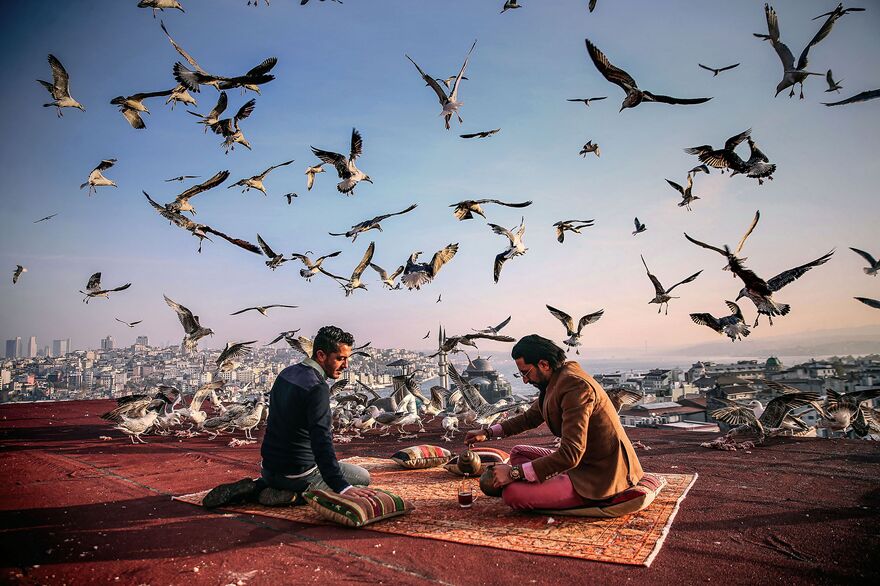
History on the Road Breakfast
Jury Honorable Mention
Series




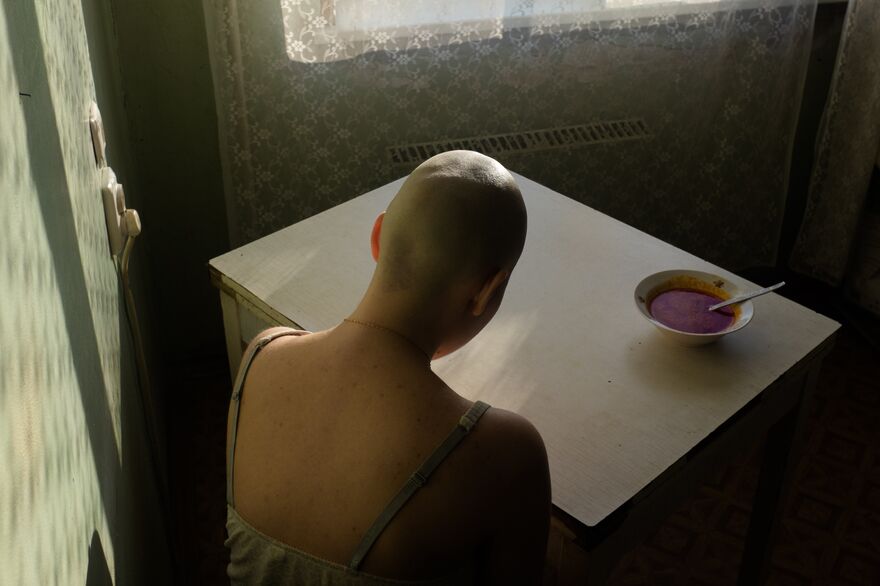


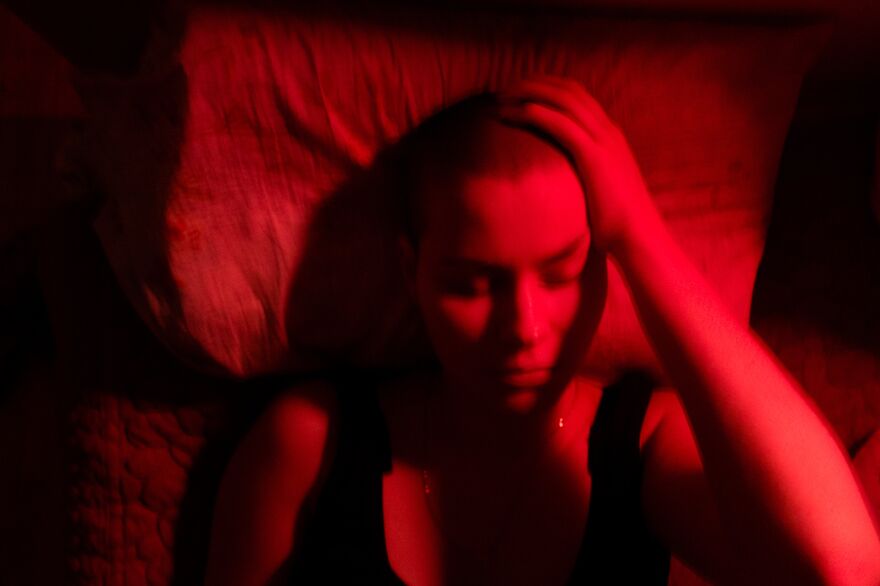




How I fell ill
GRAND PRIX, 1st place
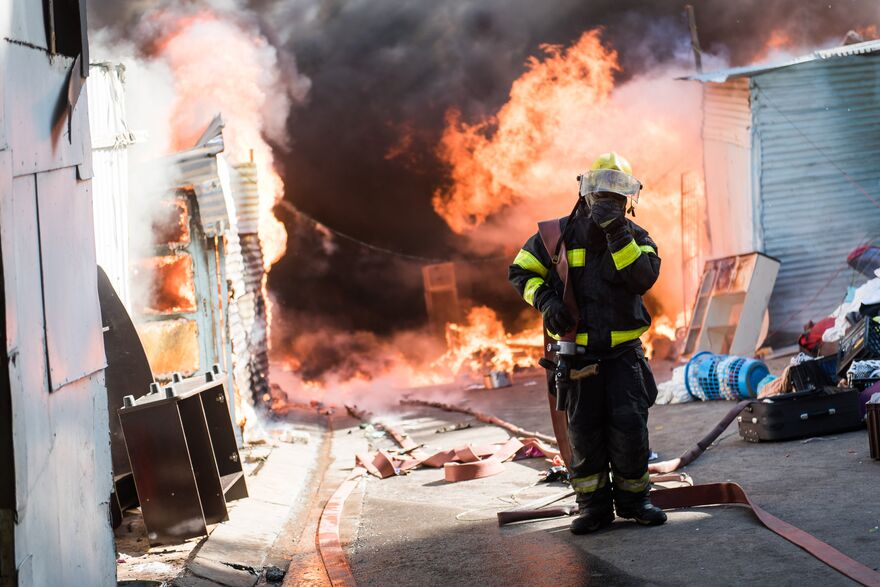


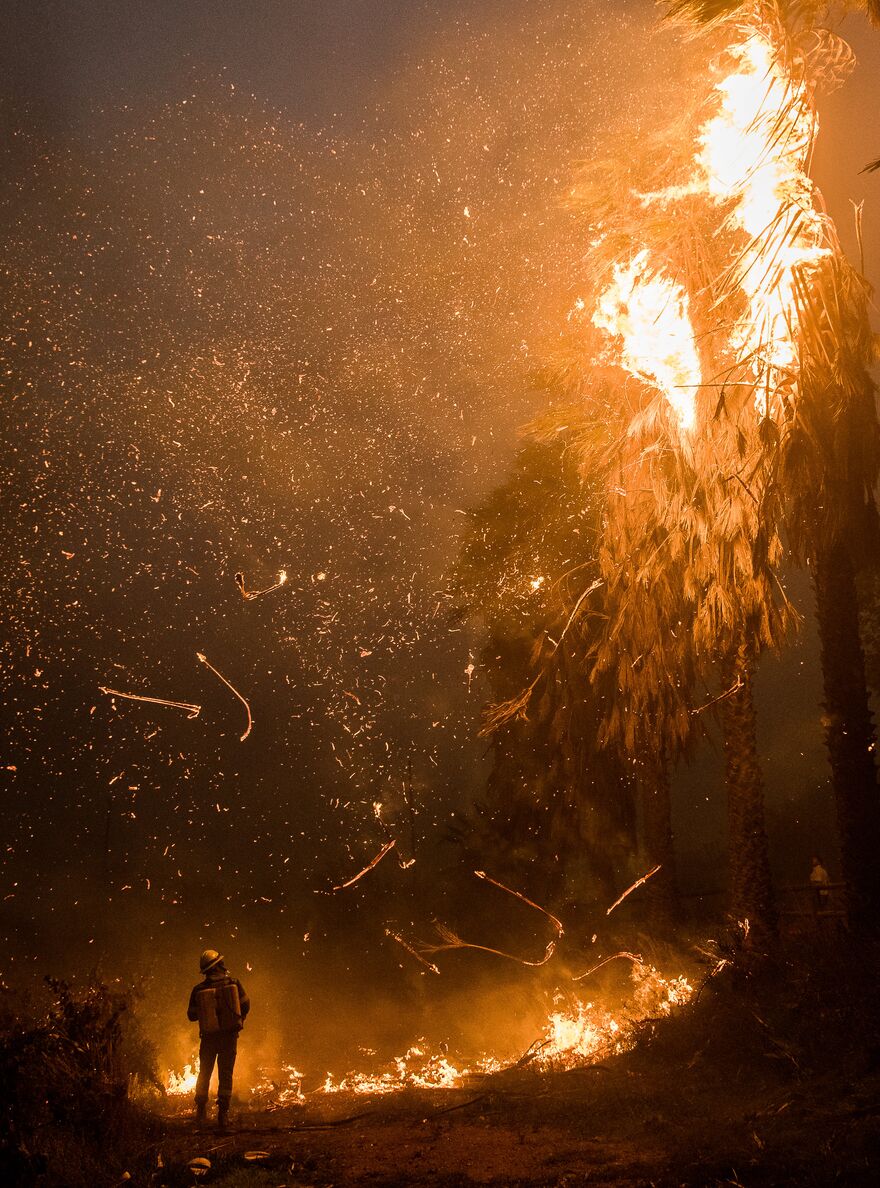






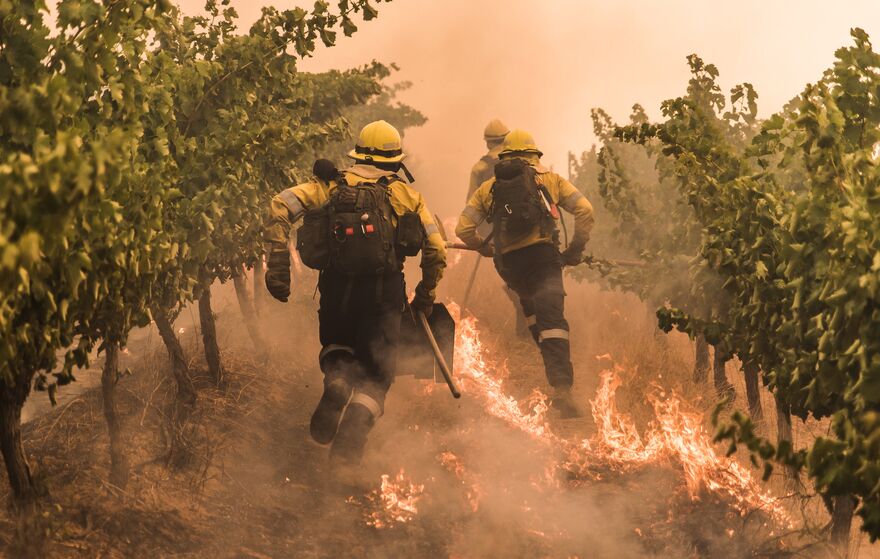

Walking with Fire: Going Beyond
2nd place. The online vote winner
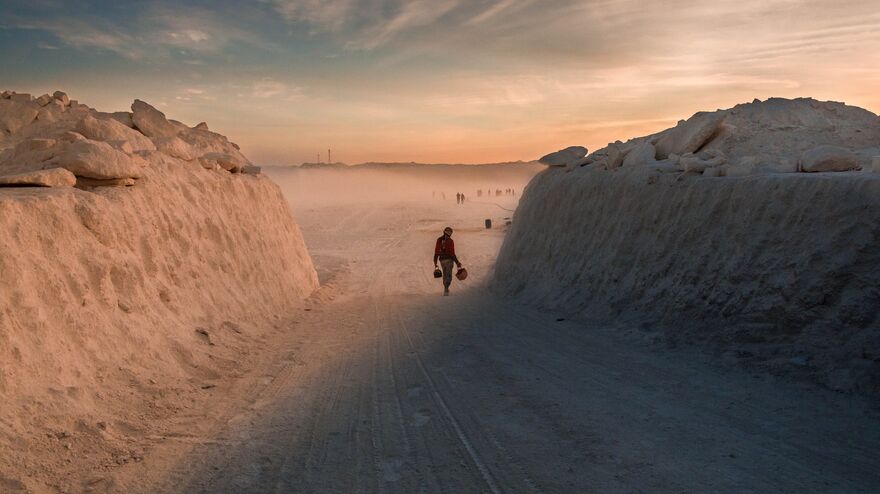
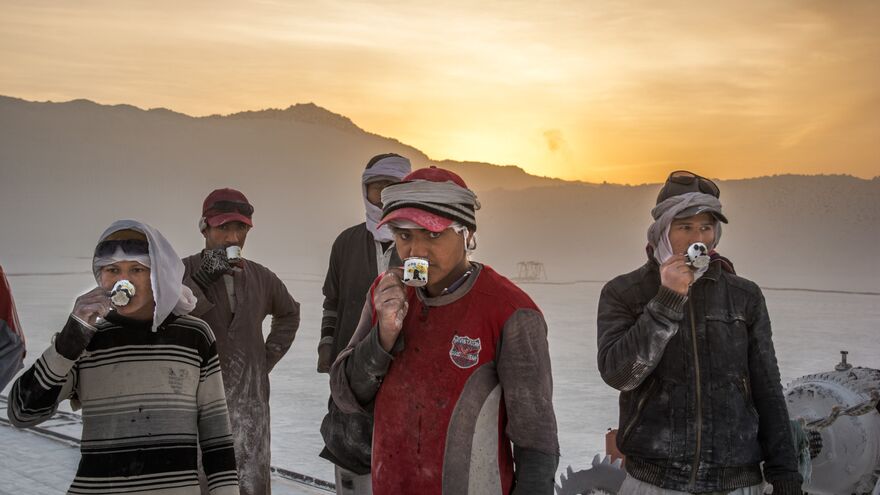

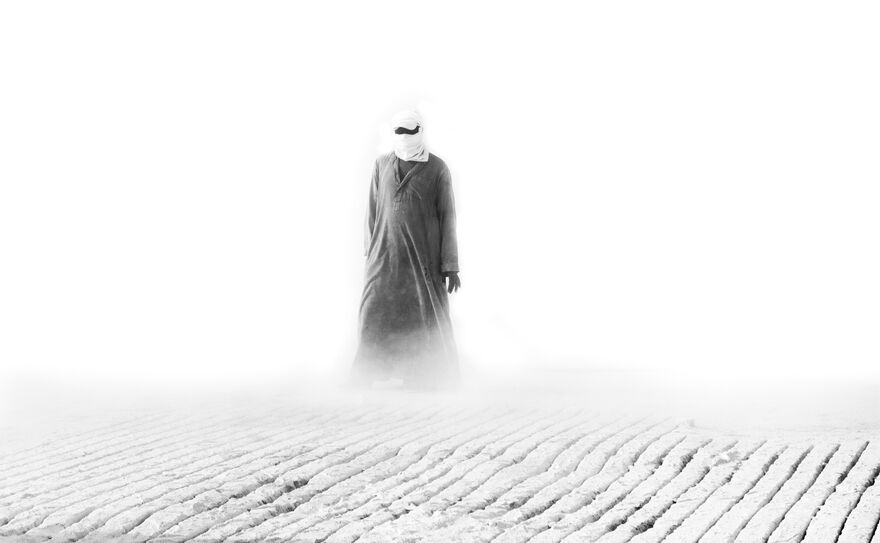
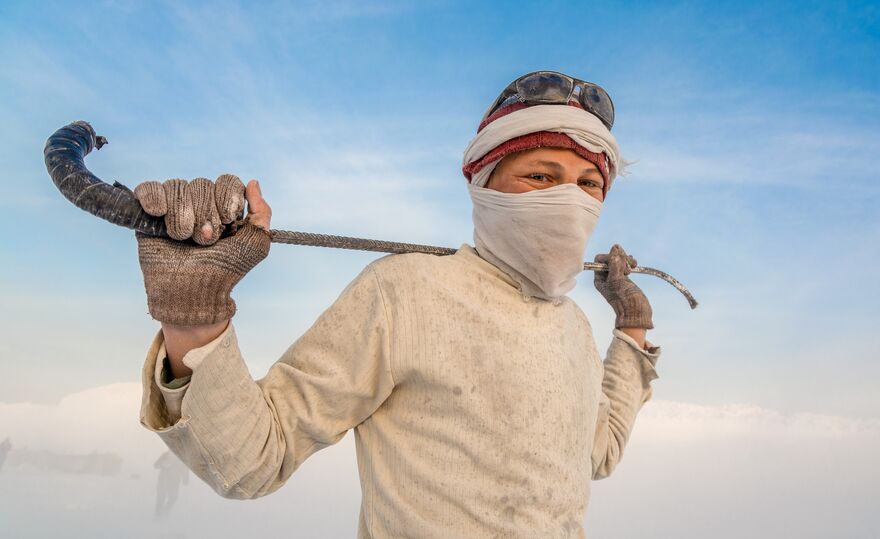


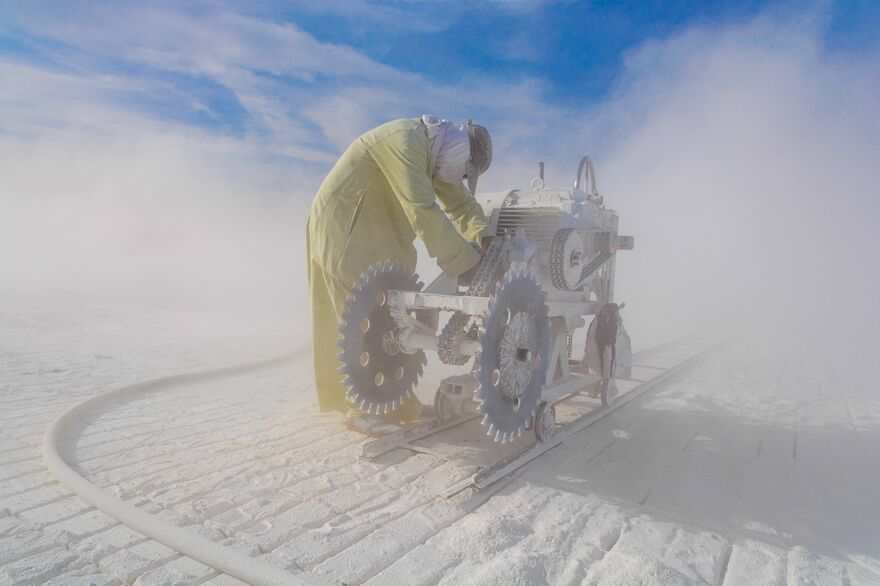


The White Mountain
3rd place




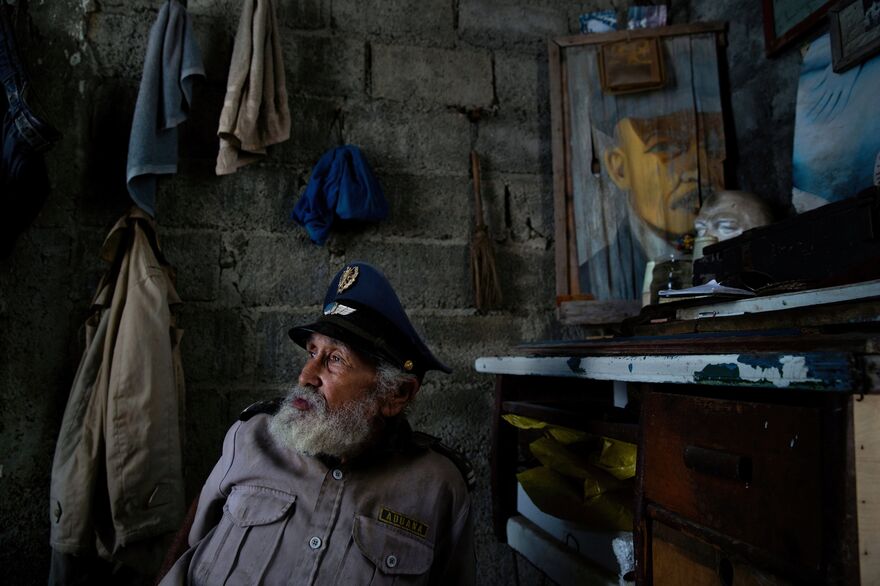
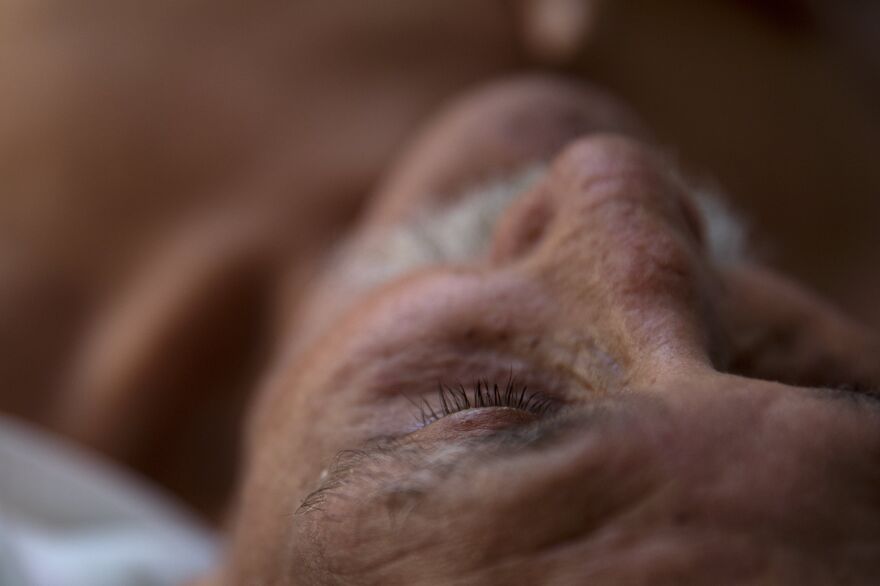

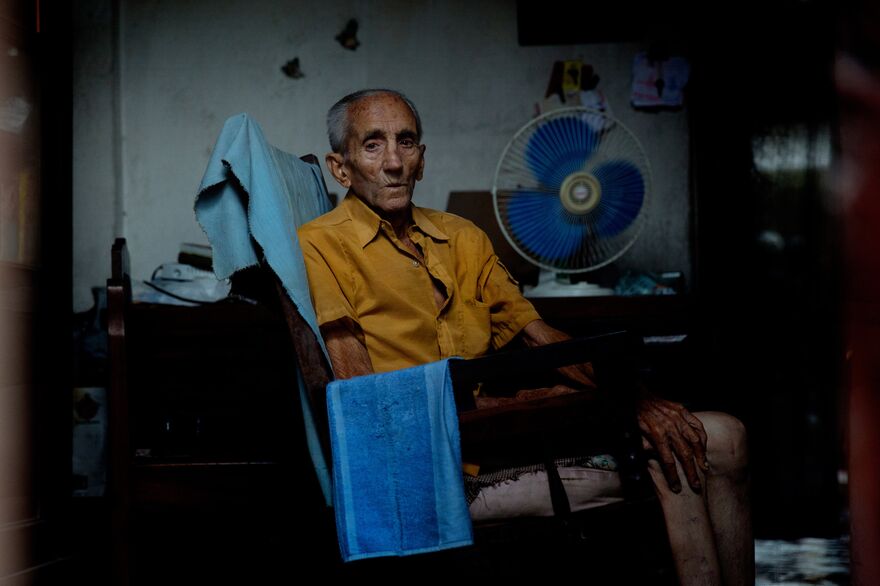

The Void we Leave - An aging community in Cuba
Jury Honorable Mention
Single
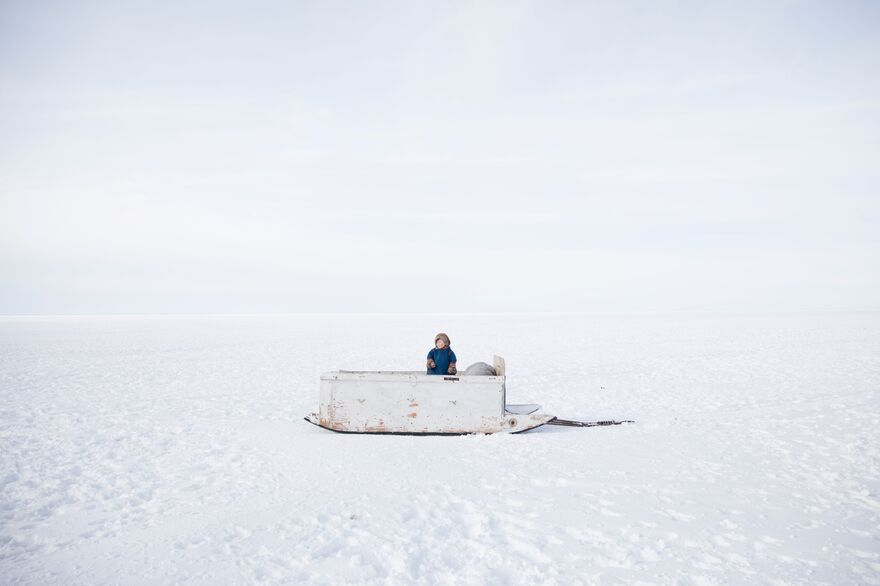
Rosebud
1st place

Goal keeper
3rd place
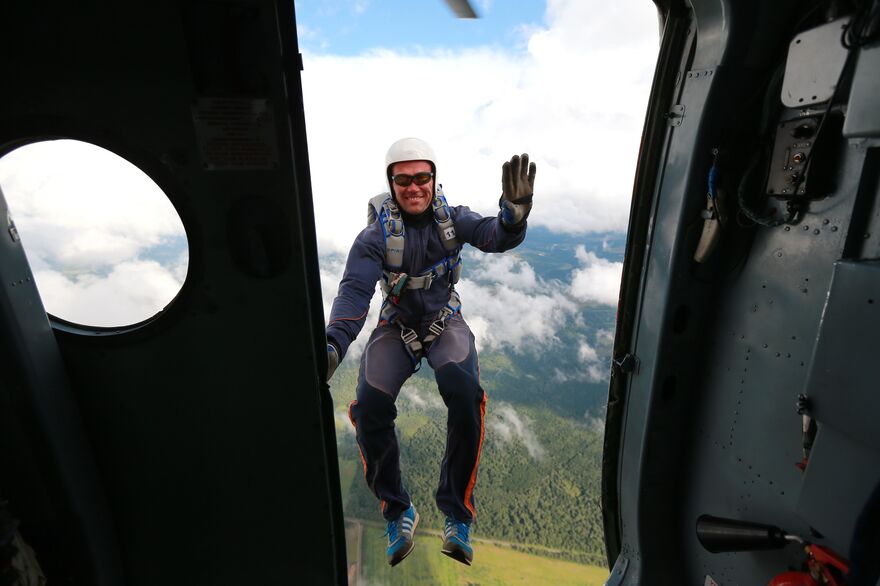
Training sessions of the Emergencies Ministry Leader Center
Jury Honorable Mention

Lord of War
Jury Honorable Mention
Series

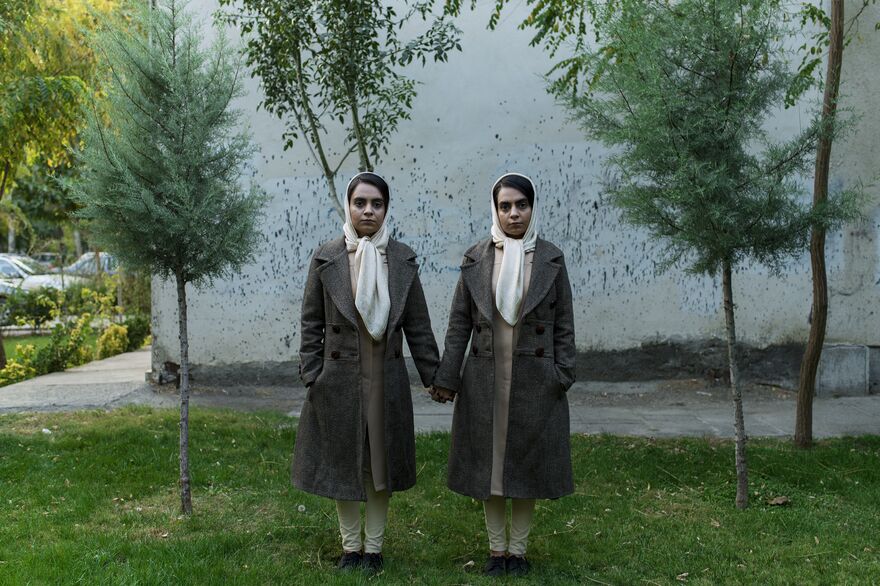

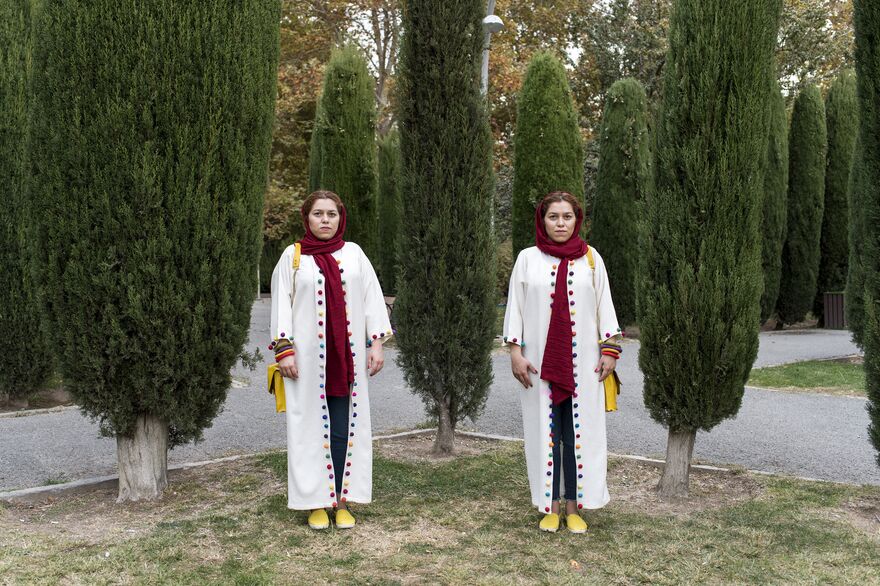




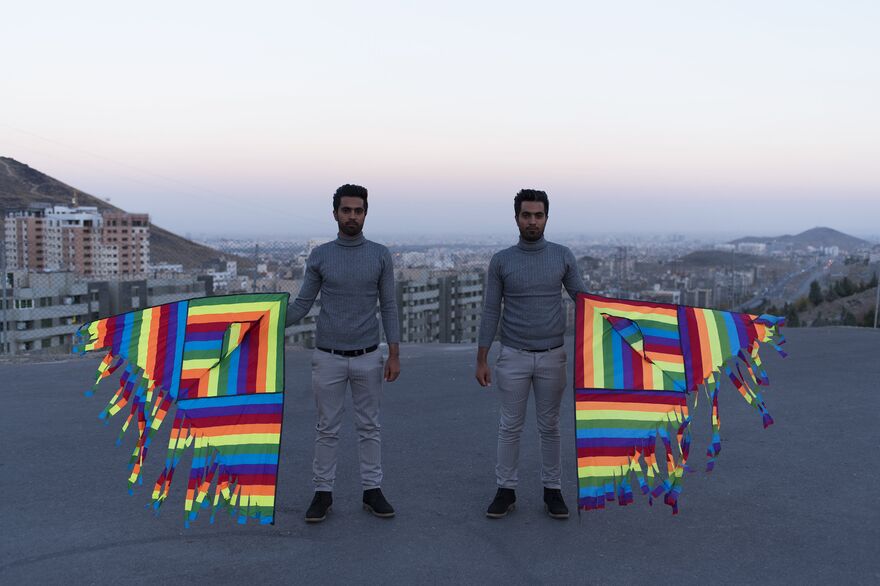



Gemini
1st place











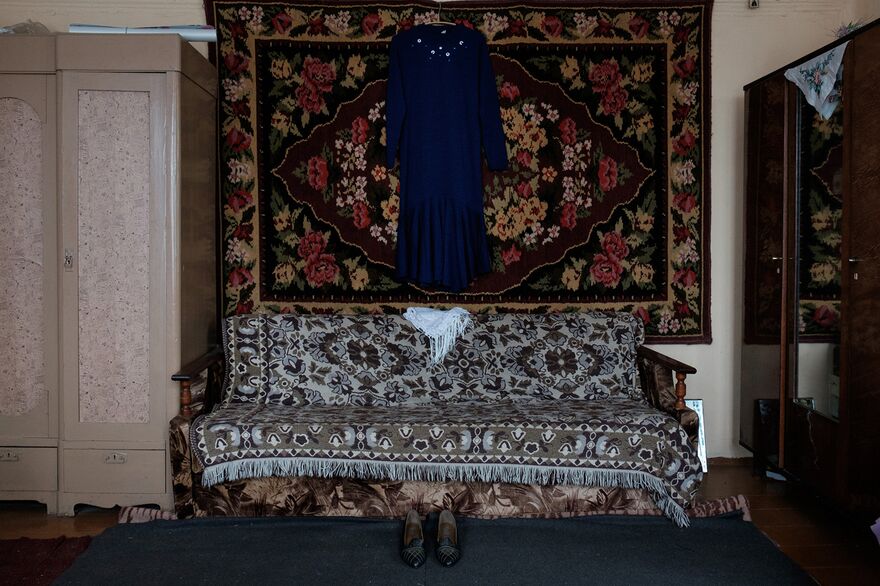
Vera’s seasons
2nd place






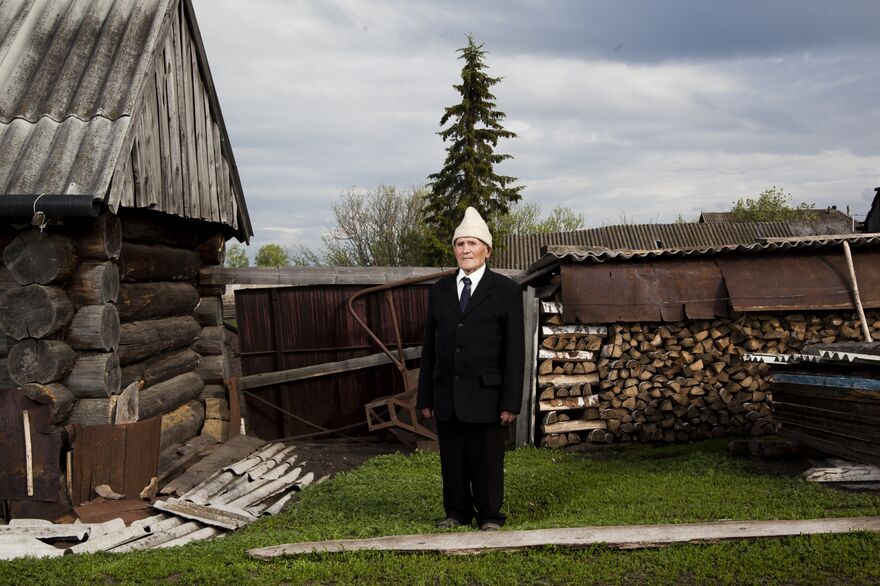




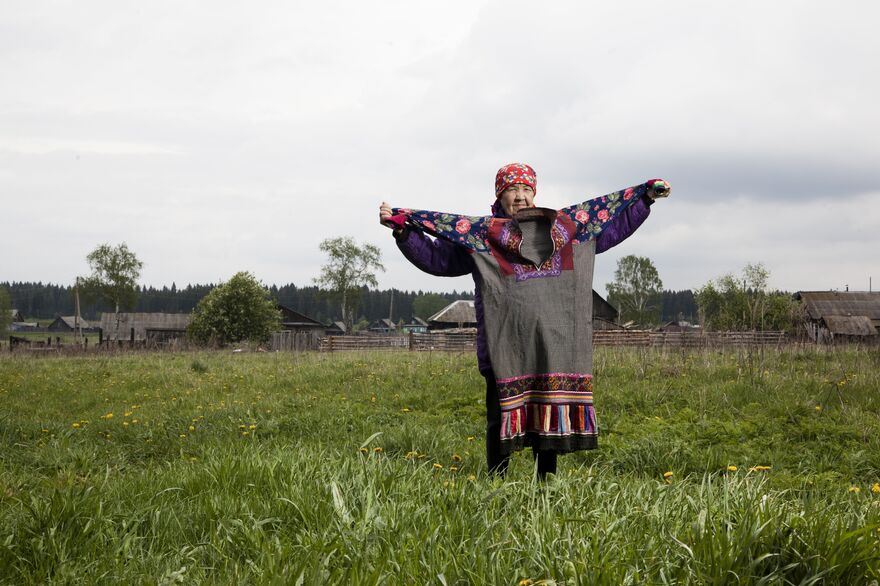
Mari people in the Ural region wearing traditional costumnes
3rd place